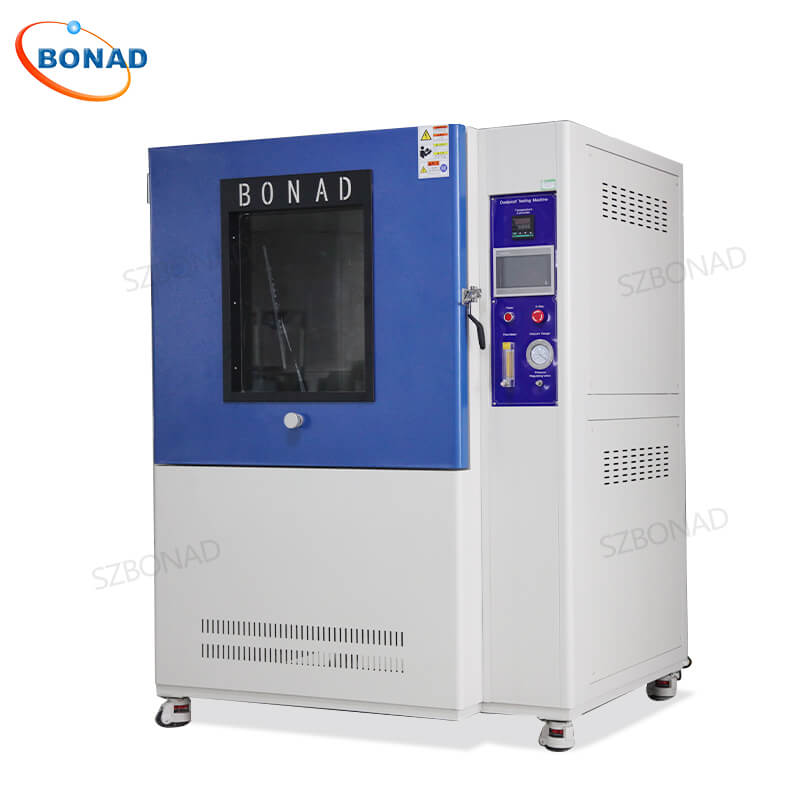The IPX5 test is a standardized procedure designed to assess the water resistance of electronic devices and equipment. “IP” stands for “Ingress Protection,” while the “X” indicates that dust resistance is not evaluated in this specific test.
How is the IPX5 Test Conducted?
To perform an IPX5 test, a device undergoes simulated rainfall conditions. A water jet nozzle sprays water at a rate of 12.5 liters per minute from a distance of 3 meters. The water is sprayed in a rotating pattern for about 15 minutes, ensuring coverage from all angles and directions.
Purpose of the IPX5 Test
The primary goal of the IPX5 test is to determine if a device can endure water jets from any direction without sustaining damage. This helps manufacturers ensure their products are adequately protected against water ingress, making them suitable for use in various environmental conditions.
Limitations of the IPX5 Rating
While an IPX5 rating signifies protection against water jets, it does not guarantee resistance against submersion or high-pressure water exposure. Different IPX ratings exist to measure resistance to other types of water exposure, such as IPX7, which evaluates immersion in water up to 1 meter deep for a limited time.
Other Common IPX Tests
In addition to the IPX5 test, several other tests assess different levels of water resistance as defined by the International Electrotechnical Commission (IEC) standard 60529:
- IPX1: Water drips vertically onto the device at a rate of 1 mm per minute for 10 minutes, evaluating protection against vertical droplets.
- IPX2: Similar to IPX1 but with water dripping at a 15-degree angle for 10 minutes.
- IPX3: Water is sprayed at a 60-degree angle to the vertical axis at a flow rate of 0.7 liters per minute for 5 minutes.
- IPX4: Water is sprayed from all angles at an increased flow rate of 10 liters per minute for 5 minutes.
- IPX6: The device faces high-pressure water jets with a flow rate of 100 liters per minute from a distance of 3 meters for 3 minutes.
- IPX7: Devices can be immersed in up to 1 meter of water for around 30 minutes.
- IPX8: Devices withstand continuous immersion under conditions specified by the manufacturer.
Choosing the Right IPX Rating
It’s crucial to select an appropriate IPX rating based on your device’s intended use and environmental conditions. A higher IPX rating doesn’t necessarily mean better overall performance; it simply indicates superior resistance to specific types of water exposure.



